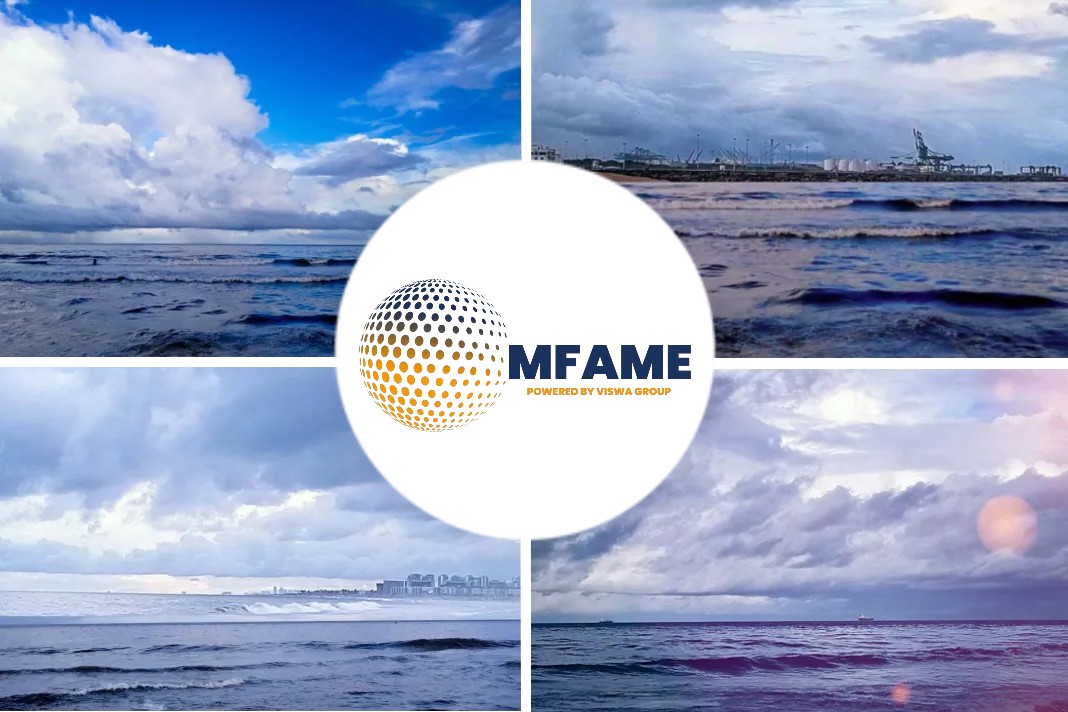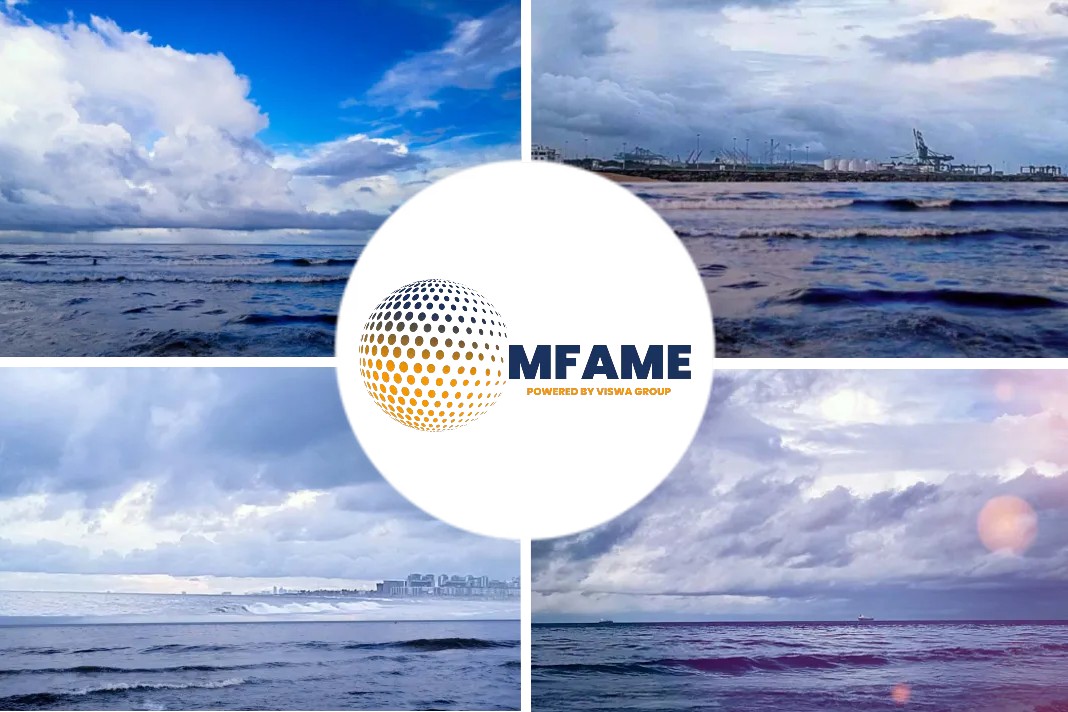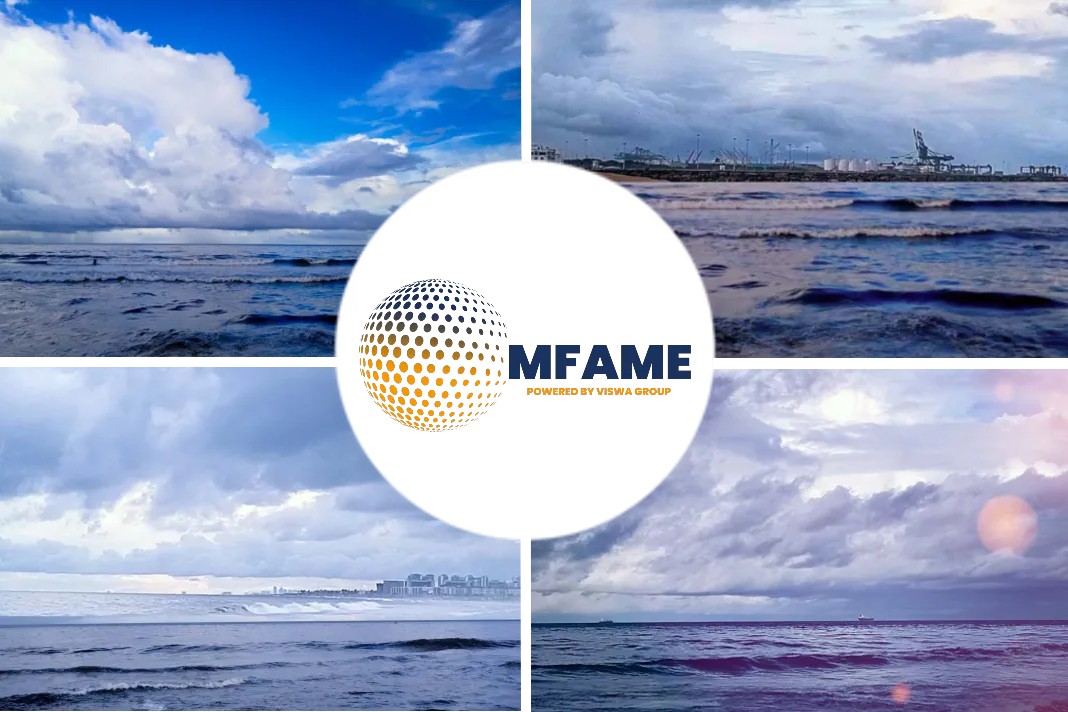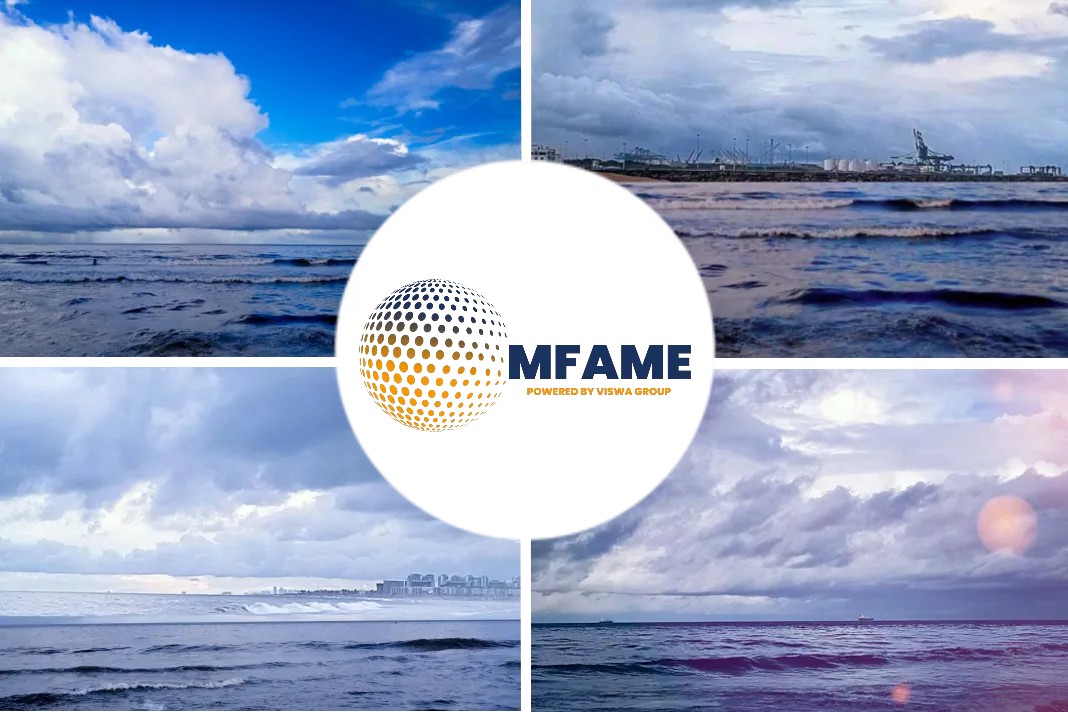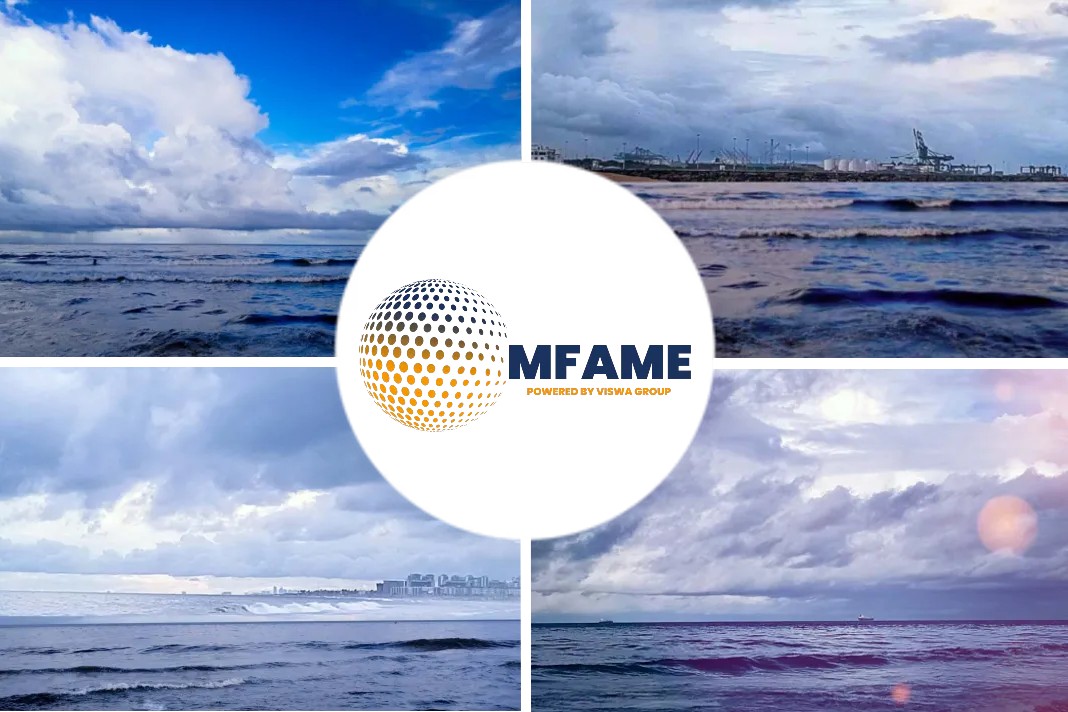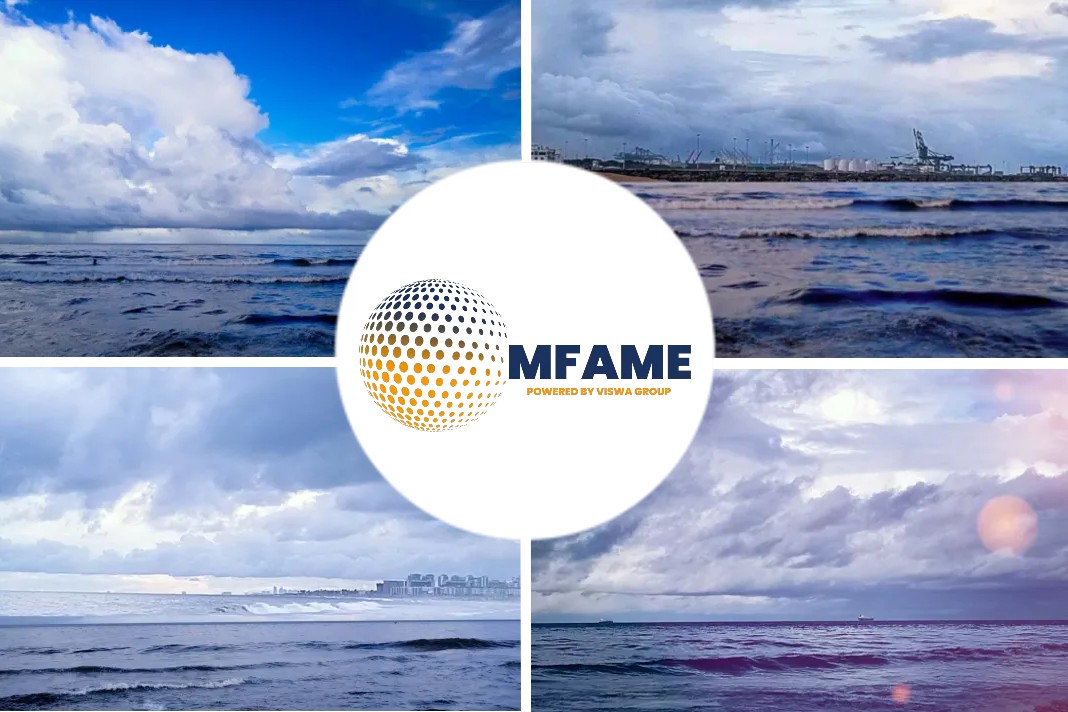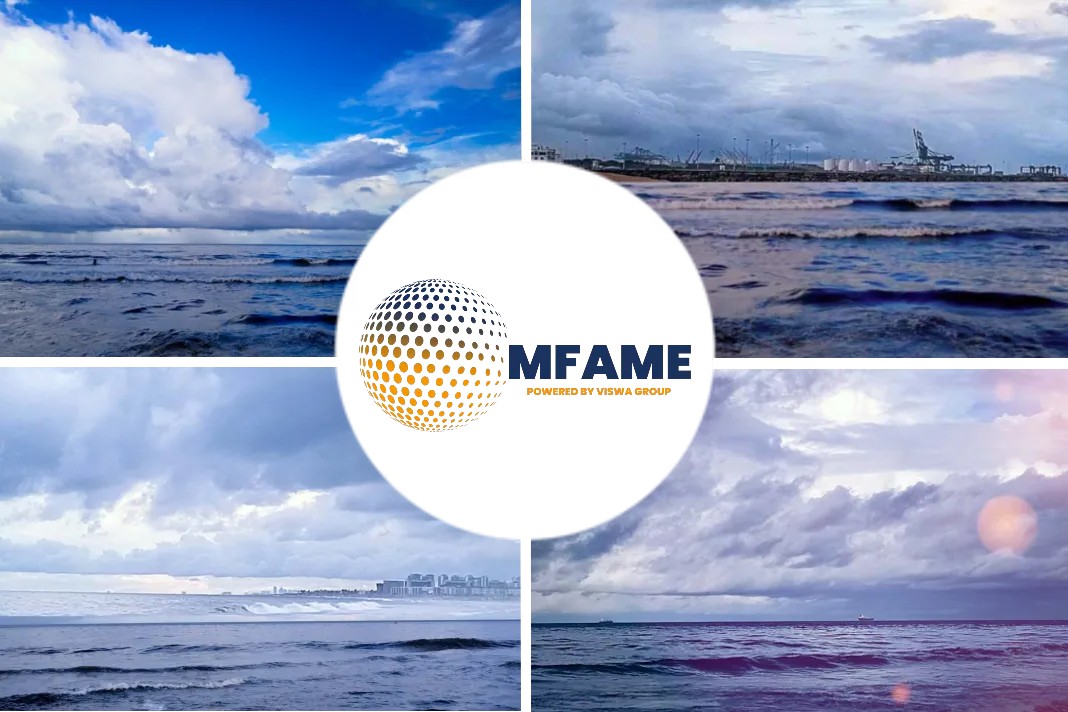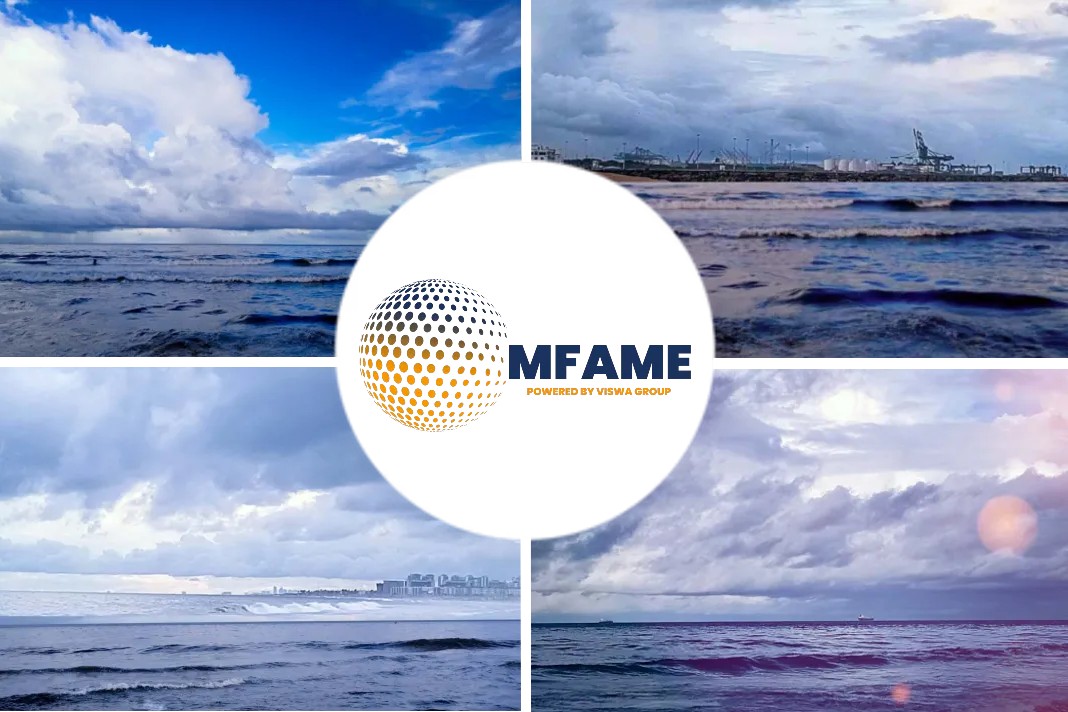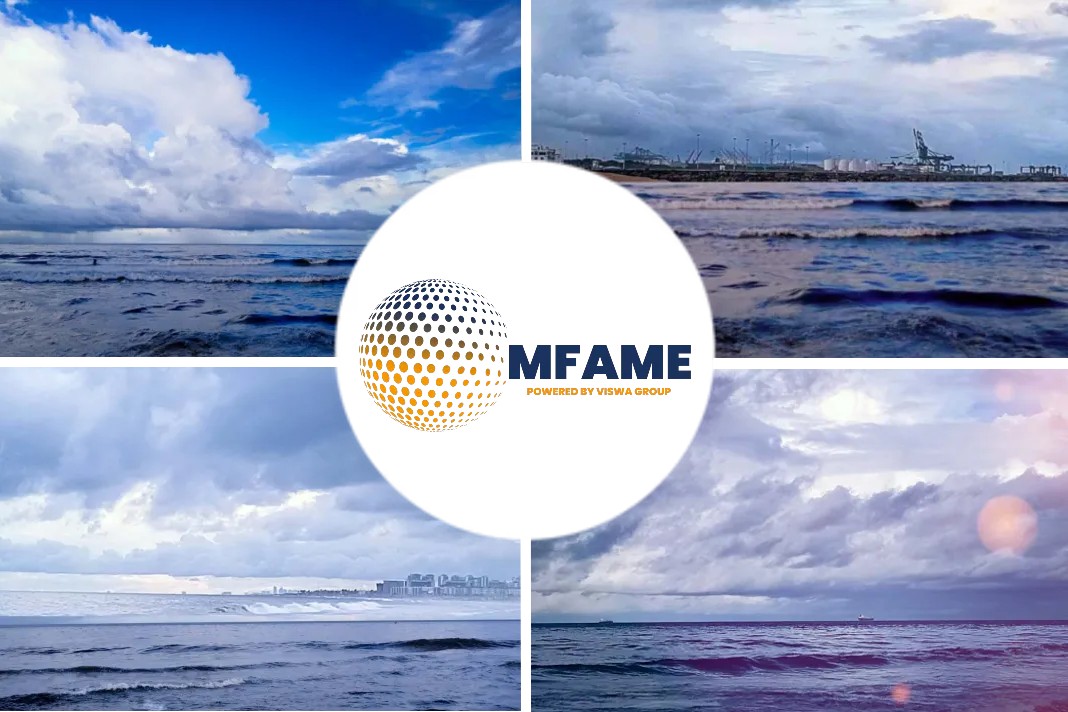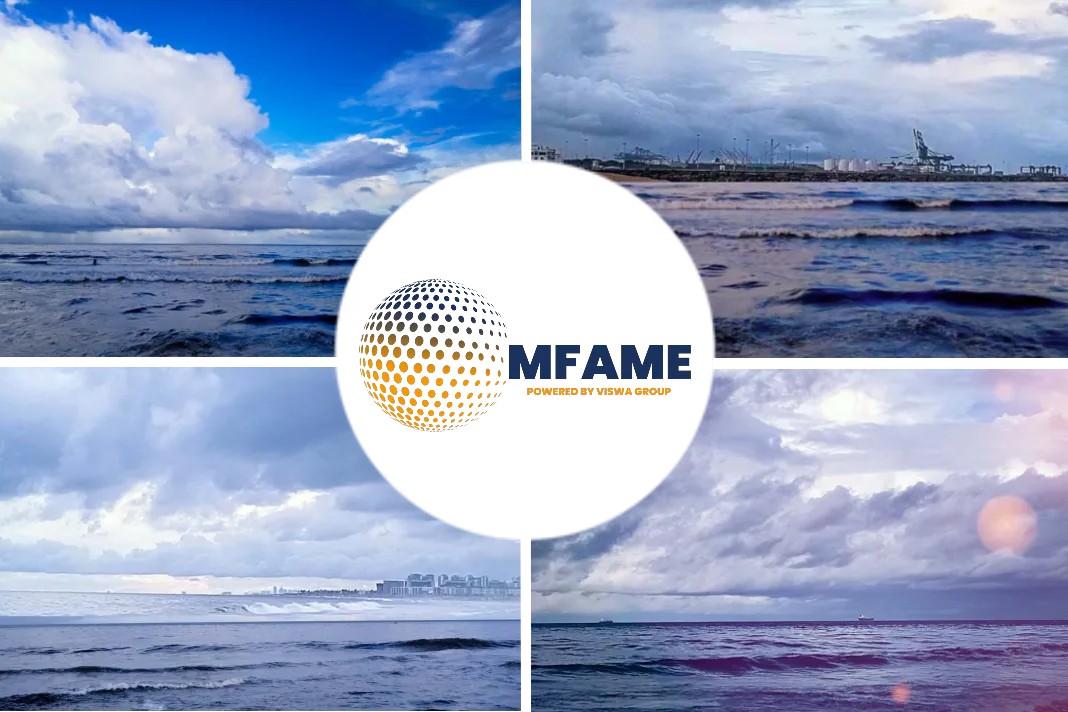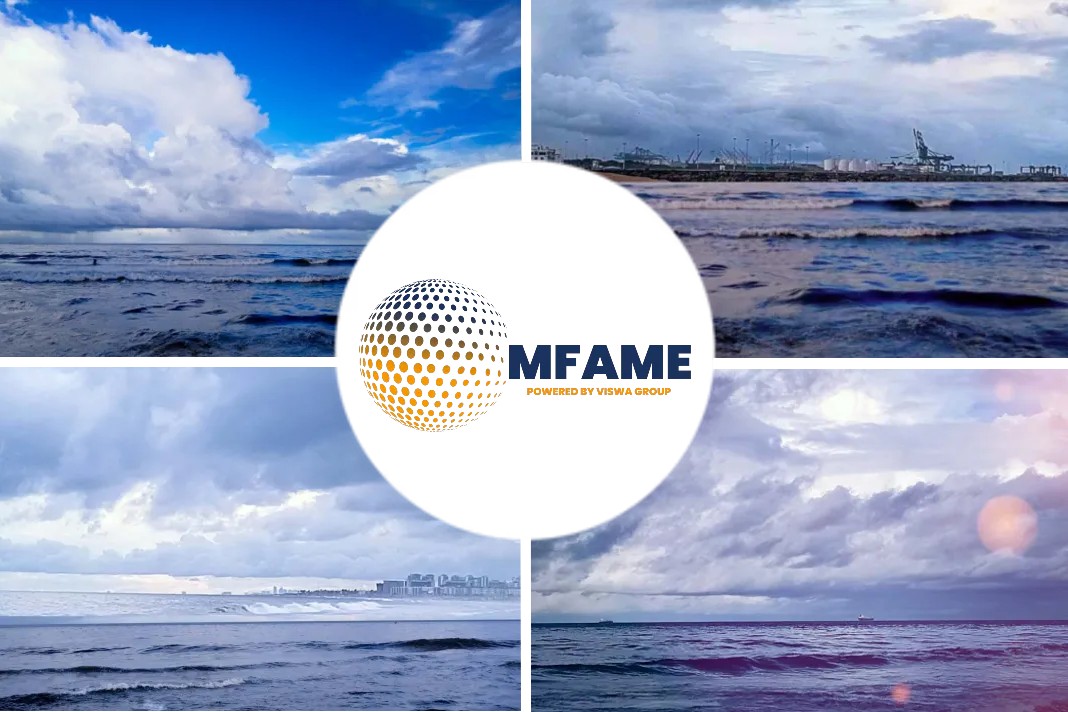Wind propulsion is gaining attraction again by IMO’s decarbonization plans, says an article published in DNV GL website.
Advanced aerodynamics science in combination with computer technology has produced a number of technologies that do not require large crews and have demonstrated significant potential.
The basic principle
The basic principle used by all the sail types is that the wind hits the leading edge of the sail, splitting into two separate flows which are redirected and travel towards the trailing edge. The resulting pressure simultaneously pulls and pushes the trails forward.
Rotor sails
Rotor sails take advantage of the Magnus effect: wind hitting the vertical cylinder on board moving the ship from the side creates a forward pull.
Today’s rotor sail technology has been considered mature and viable in areas with adequate wind conditions.
Rigid Wing Sails
Wing sails are modelled on aeroplane wings. Rigid wing sails have hard shells.
Similar to the flaps on aeroplane wings, they sometimes consist of two or three parallel sections with hinged connections for adjusting the chamber.
Soft sails : DynaRig
The concept of the first DynaRig was implemented on the megayacht Maltese Falcon.
Optically reminiscent of a square rigger, it uses freestanding, rotating mast with rigid horizontal yards.These yards serve as guide for the sail which roll up inside the mast when furled.
The computer controlled system can be operated by a single person.
Soft sails
Conventional sailing ships can benefit from contemporary materials and technology.
In mid 1980s the German engineer Peter Schenzie realized a sailing cargo using his Indosail soft sail concept.
Modern implementation of this technique is valuable under stable wind conditions.
Soft wing sails
Soft wing sails combine the aerodynamics of rigid wing sails with the low weight and flexibility of modern textile sail materials and can be reefed and furied.
To overcome the complexities of controlling this sail type, recent developments use advanced sensor and software technology to fully automate the entire process.
It is also available for cargo vessels.
Ventilated foil system
This sail type features an oval-shaped, rigid columnar body that can pivot around its vertical axis similar to other hard sails.
A strong fan inside this body sucks in air through the perforated downwind side of the shell to increase the pressure difference between the upwind and downwind sides, increasing the forward pull of the ship.
Kites
Kites for ships make use of the higher wind speeds and steadier, less turbulent wind conditions at greater altitudes.
Kite rigs for commercial ships have only been tested on two ships to date.
General considerations for wind-assisted propulsion
The wind conditions specific to the intended operating sea route must be taken into account. Wind propulsion ideally requires a free deck area.
Car carriers, bulk carriers, ferries and ro-ro ships are well suited at low speeds. Ships with tall masts and a large sail surface area requires special hull design.
DNV GL services and certification for wind propulsion
Prediction of the auxiliary propulsion power saving a specific wind system will generate on the given ship and route.
Technical certification and approval of the safety, structural integrity and resilience under normal and extreme conditions of ship using auxiliary sails.
A new standard and class notation
Typical applications of DNV GL class notation “WASP” and Standard ST-0511 for the certification of wind assisted propulsion systems include:
- Rotor sails
- Rigid wing sails
- Soft wing sails
- Soft sail system
- Ventilated foil system
Did you subscribe to our daily newsletter?
It’s Free! Click here to Subscribe!
Source: DNV GL






